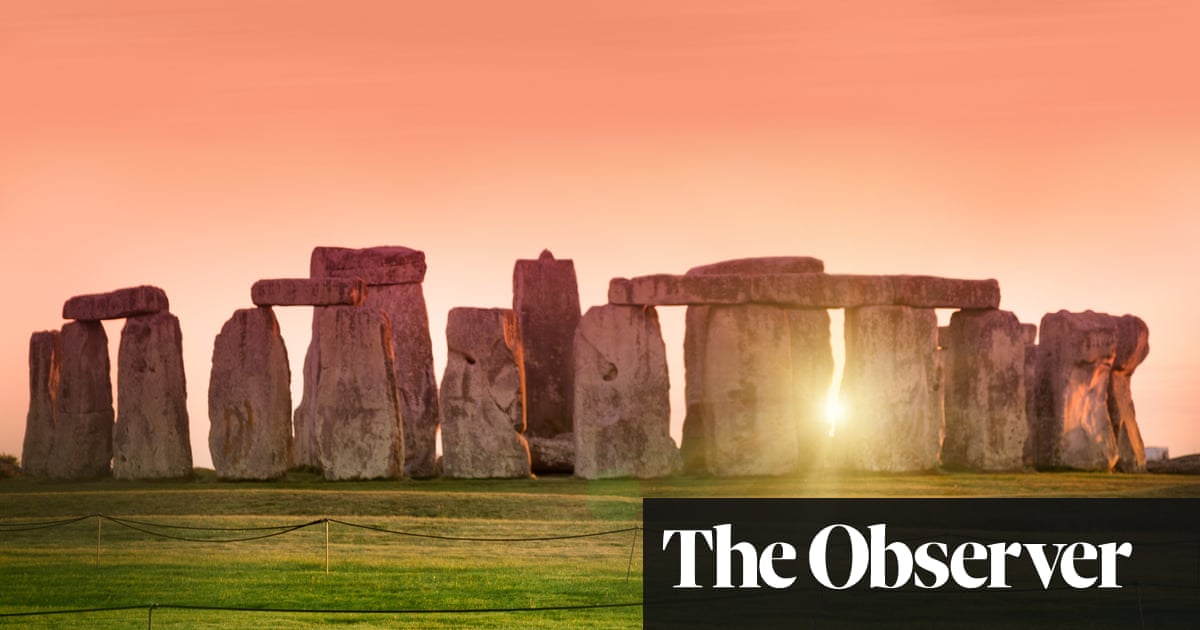If you see the majestic stones on Salisbury Plain as an emblem of England, think again. A major new British Museum exhibition connects them to many points and cultures across Europe through 1,500 years of immigration
Among the many treasures in the British Museum’s forthcoming Stonehenge exhibition is a collection of carved and polished spherical stones, each about the size of a cricket ball. The stones are 5,000 years old and have mostly been found singly in Scotland. The most famous of the 400 or so discoveries is a beautiful polished black sphere from Towie, Aberdeenshire, with three bulbous surfaces, tactile as a miniature Henry Moore. The sphere is carved with precise geometric whorls and spirals. In common with the much weightier neolithic monuments that the Stonehenge exhibition celebrates, the longer you look at the stones, the more mysterious they seem: what and why and how?
If the answers to those questions remain unknowable, one thing that the balls – and the culture that prized them – make clear is their creators were people of enormous curiosity and skill, prepared to invest untold hours in making a perfect object, because they could. They were connoisseurs of stone. Continue reading...
http://dlvr.it/SJ3hj4
http://dlvr.it/SJ3hj4


Post a Comment